Protecting employees is a top priority for companies operating in high risk environments – but how do you know that you’ve got the best high-visibility clothing for your operational needs? Dayo Wright takes a look.
Whether you are running a small warehouse or an oil and gas rig, high-visibility clothing (hi vis) is a critical part of keeping your employees safe. Different industries have different requirements, and there are various standardised tests to validate if workwear meets certain standards (which vary by region as well). Of course there is a temptation to go for the cheapest option, but with your employee’s safety on the line, it’s simply not worth taking that risk. Below I have outlined some of the key things to consider when deciding on your hi vis clothing range.
Clothing / workwear that meets your needs
- Risk: by understanding the risks present in the workplace you can make sure that your clothing is fit for purpose. For example, if there is risk of fire you should consider flame protection. Or if the environment is low risk, such a small warehouse with no running forklifts, a hi vis vest may be sufficient. A highly static environment might call for anti-static workwear.
- Use: will employees be working day and night or just day? Different types of clothing exist for each and by not selecting the right protection, as an employer you may be liable if injury does occur. For day use only, fluorescent colours alone are are often suitable. The vivid colours show up well against most backgrounds and don’t blend in. At night however, reflective material is required so that it shows up when lights shine on them. Glowing reflective strips contrast with night time backgrounds so you are always visible to anything or anybody approaching.
- Comfort: clothing must never be restrictive to an employee’s job. It must comfortable, not too tight or too hot. If employers get it wrong they will not only increase the risk of workplace-related injuries, they will also end up with unhappy employees.
- Compatibility: hi vis clothing is just one part of the full personal protective equipment range that employees may be required to wear. Clothing selected should be checked to make sure it is suitable alongside other items of PPE.
Get to know safety standards
PPE and hi vis clothing is governed by well established safety standards. These vary slightly between three main authorities but in general the features that are tested are consistent across them all. Your location often determines which standard you should be using, if in doubt check with your local Occupational Health and Safety body.
- In the UK, the safety standards which must be followed are British/ European Standard BS EN 471 and all hi vis clothing must bear the ‘CE’ mark to prove it has met this standard.
- In Australia hi vis clothing must be tested and comply to the AS/NZS 4602.1:2011.
- Another standard that you might come across includes ANSI/SEA 107 – the American National Standard for High-Visibility Safety Apparel.
It is absolutely critical to validate that your clothing complies with an approved safety standard. When hi vis clothing is tested and approved features that are checked include fluorescent material (quality, colour, luminance), the retroreflective material and combined performance material. Clothing is also assessed against the minimum width requirements for retroreflective materials and the number and design of bands, if appropriate.
Of course depending on your risk and usage needs you may require additional features for your hi vis, many of which have their own additional standards (ie flame retardant, electrostatic protection).
Company’s responsibility
It is a company’s responsibility to make sure their employees (& anyone visiting their workplace) is kept safe from harm. Most workplaces have health and safety protocols in place – and this is where your high visibility clothing policy should also be included.
Hi vis clothing should be provided free of charge to workers who are exposed to risks in their job and this clothing must be well maintained and replaced regularly. Employees should also be trained in the use of clothing and understand why it’s important that they use it in line with the policy.
Find a trusted clothing & PPE supplier
UK’s Risks publication revealed that many retailers are selling fake or poor standard high visibility clothing that, in the worst case, offer just over 1 per cent of the reflection required under the European Standard. So it’s easy to see that by not selecting a supplier you trust you are taking a gamble that’s just not worth the cheaper price.
Our advice is to find a trusted supply partner for your clothing and personal protective equipment. And make sure you have sight of any standards that the clothing claims to comply with. You may choose to send your items for independent testing (this is something we can help with!).
Have a chat with us about your high visibility clothing requirements.


